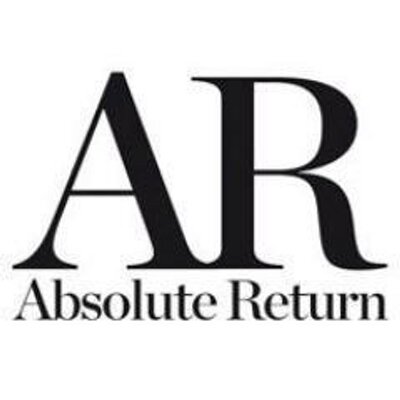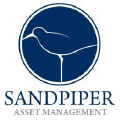In the three prior articles we discussed the goals of absolute return (AR) investors, defined strategies typically used by AR investors and most recently stressed why limiting loses, a key goal for any AR investor, is vital to growing wealth in the long run. This article reiterates many of those concepts through the interviews of 2 highly respected Global Macro CTA’s. As you read their respective comments note the consistent emphasis of risk, losses and cross asset correlations.
David Hathaway, Managing Partner of Sandpiper Asset Management, and Ciaran Kane, CEO of Three Rock Capital Management, were kind enough to answer our questions. Their answers shed more light on the benefits of a partial or even full allocation to an AR strategy.
What is your primary obligation to clients? – “It sounds cliché to say but it’s the truth, our obligation is to deliver absolute and risk-adjusted returns with negligible correlation to other investable assets. While doing so, we have an obligation to always make business and investment decisions on behalf of our investors as we would for ourselves”.
How do you measure your performance? Specific benchmarks/goals? “Absolute returns with a 15% CAGR (Compounded Annual Growth Rate) objective. We strive for low correlations to other investable assets and measure our risk adjusted performance with a goal of a Sortino ratio over 1.5”. (Sortino ratio is a modified Sharpe Ratio which focuses more on downside risk)
Notable takeaways from the interview with David:
“At Sandpiper, we only deal in the most liquid global futures markets and downside and principal risk management is our primary focus”.
“Liquidity is critical and people often mistakenly associate “risk” with high levels of volatility, when instead, risk should be more closely associated with an investment’s probability of principal loss, illiquidity and its downside volatility”.
“We think the most important metric is risk adjusted returns, and keeping a strict discipline of correlations amongst the investments in your portfolio”.
Describe your objectives as an investment manager?
“Our objectives are (i) to achieve strong absolute returns in all market environments; (ii) to align our interests with those of our clients so that the vast majority of our remuneration is closely linked to periods when we make money for them; and (iii) to build a sustainable business over the medium term that can develop deep and mutually beneficial relationships with our client base”.
What is risk to you and how do you measure it?
“Risk is the loss of capital. We measure potential losses through Value at Risk but use that measure as no more than a guide to potential future losses. It is not the same as the loss of capital, which has to be recovered through trading gains before we can re-commence the achievement of sustainable returns referenced above”.
How does a global macro strategy fit into a traditional, relative value portfolio (80/20 stocks/bonds)?
“It acts as a source of diversification and is a genuine source of alpha because of that. Many commentators describe global macro as “crisis alpha” but we would contend that a good global macro strategy will turn up for investors in good times as well as crises”.
Notable takeaways from the interview with Ciaran:
“Our primary obligation to clients is firstly, the preservation of their capital and, secondly, the achievement of sustainable returns from that capital over the medium term (i.e. at least five years)”
“We want to see our view of the economic fundamentals confirmed by underlying price action before we are interested in an asset class or an individual market. To the extent that this is not happening, we will tend not to be involved in that market”.
The next article in the AR series will discuss the potential for a paradigm shift in investor’s mindset. Since the great financial crisis investors have had a preference for relative value investing. We believe that events over the coming years will shift more demand to absolute return strategies, and will explain why in the next article in this AR series.


